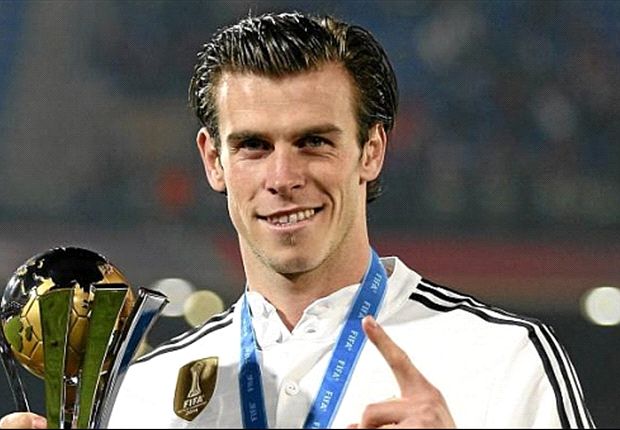Bhutan's Prime Minister Tshering Tobgay (L), India's Prime Minister Narendra Modi (C), Pakistan's Prime Minister Nawaz Sharif (C, standing) and Nepal's Prime Minister Sushil Koirala attend the opening session of 18th Saarc summit in Kathmandu November 26, 2014. PHOTO: REUTERS
KATHMANDU: Hostilities between India and Pakistan on Wednesday threatened to scupper efforts by South Asian leaders to boost trade among almost a quarter of the world’s people, throwing into doubt any prospect of a regional customs union.
India and Pakistan have fought three wars, and just last month exchanges of fire across the border in Kashmir killed 20 people.
The bickering spilled into a two-day regional summit in Kathmandu, and their leaders refused to meet.
Indian and Nepali officials said Pakistan declined to sign three multilateral pacts with the eight members of the South Asian Association for Regional Cooperation (Saarc).
The agreements aim to boost road trade and electricity sharing, including across Pakistan’s heavily militarised border with India.
In an apparent reference to Pakistan, India’s foreign ministry spokesman said one country had cited incomplete “internal processes” for not signing the pacts, but stopped short of naming it.
Pakistani officials did not respond to telephone calls seeking comment.
Such a refusal threatens efforts by Indian Prime Minister Narendra Modi to make South Asia a viable economic counterweight to China and limit Beijing’s role in the region.
Regional integration would happen “through Saarc or outside it,” Modi warned the summit, if the grouping failed to agree on the pacts.
Nepal’s former foreign secretary, Madhu Raman Acharya, echoed the sentiment, urging the grouping to step up “sub-regional cooperation”.
Almost all the leaders at the summit expressed dismay at Sabre’s sparse achievements since it was founded 29 years ago aiming to become a European-style union.
Despite a free trade pact since 2006, trade among South Asian nations makes up five percent of their total trade. They share few transport and power links.
China, free of the baggage that makes much of the region wary of India, has built ports and sold weapons across South Asia, where its new Asian Investment Infrastructure Bank has attracted interest, including from India.
Through Pakistan, China suggested it play a larger role in the regional grouping, but India rebuffed the proposal.
Modi met all Saarc leaders but PM Nawaz
The region’s first summit in three years follows some of the worst cross-border violence in the disputed region of Kashmir in a decade, and comes as Nato-led troops prepare to pull out of Afghanistan, intensifying the India-Pakistan rivalry for influence there.
It is also the first time the eight leaders are meeting for the first time since the election of a new government in New Delhi that is taking a more assertive stance on both China and Pakistan.
India’s Prime Minister Narendra Modi held his first talks with Afghanistan’s new President Ashraf Ghani on the summit’s sidelines on Wednesday, as New Delhi seeks to develop its involvement in a country that Pakistan considers part of its sphere of influence.
Much of the attention has focused on whether the leaders of India and Pakistan will meet on the sidelines of the summit however, PM Nawaz was reported as saying the ball was in India’s court after New Delhi cancelled talks earlier this year.
“After the recent snub from India, which cancelled foreign secretary-level talks, Pakistan is not going to take the initiative. It will depend whether Modi says he wants to meet,” Pakistani political analyst Talat Masood told AFP.
Hopes of a move towards reconciliation were raised when Modi invited Pakistan’s prime minister to his swearing-in ceremony, but his right-wing nationalist government has adopted a more aggressive policy on Pakistan than its centre-left predecessor.
Modi warned during the recent upsurge in violence in Kashmir that “times have changed and their old habits will not be tolerated”.
On Tuesday, Modi oversaw a $1 billion agreement to build a hydropower plant in neighbouring Nepal, where China has invested heavily in recent years, saying he wanted to “move forward” with deals long delayed by mutual mistrust.
But the mistrust between India and Pakistan – widely seen as the main obstacle to greater South Asian integration – is unlikely to be resolved so easily.
“Saarc’s main problem is that Saarc is basically about India and Pakistan, with the Afghanistan dimension thrown in now,” said Sujeev Shakya, chairperson of the Nepal Economic Forum.
Trade between the Saarc nations – Afghanistan, Bangladesh, Bhutan, India, Nepal, the Maldives, Pakistan and Sri Lanka – has grown from under $140 million in 2008 to $878 million in 2012, according to Saarc figures.
But it still accounts for less than five per cent of the region’s total commerce, according to the Washington-based Brookings Institution. By contrast, trade between East Asian nations accounts for nearly 35 per cent of that region’s total.
Security is also likely to be discussed after al Qaeda announced a new South Asia branch and claimed responsibility for a deadly attack on a Karachi naval yard.
Analysts said domestic political concerns would likely take precedence during the Saarc summit, with Modi eager to appear tough on Pakistan during local elections in Indian-administered Kashmir.
Authorities in Kathmandu have spent a reported $10 million on sprucing up the city, repairing its notoriously potholed streets and declaring a two-day public holiday to avert traffic gridlock.
But there is little optimism that much will be achieved.
“It’s time to develop other regional groupings instead of getting bogged down by Saarc, where the conflict between India and Pakistan is a huge obstacle to progress,” said Shakya.















